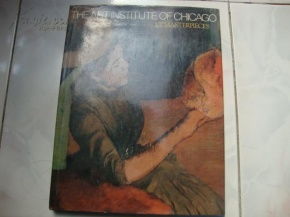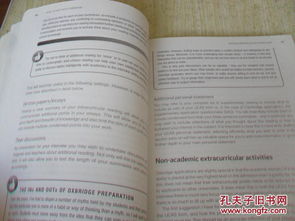Introduction
Becoming a proficient angler involves more than just casting a line into the water. One of the fundamental skills every beginner must master is the art of casting. A well-executed cast can lead to successful catches, while a poor one can leave you frustrated and empty-handed. In this article, we'll delve into the essential techniques that will help new anglers master the art of casting and improve their chances of hooking that big one.
Understanding the Basics of Casting

Before diving into the nitty-gritty of casting techniques, it's important to understand the basic components of the casting motion. Casting involves several key steps: false casting, backcast, power stroke, and follow-through. Each step plays a crucial role in the overall success of your cast.
Choosing the Right Equipment
The first step in mastering the art of casting is selecting the right equipment. For beginners, a spinning rod and reel combination is often recommended due to its ease of use and versatility. Ensure that your rod and reel are properly matched for the type of fishing you plan to do.
Proper Grip and Stance
A good grip and stance are essential for a successful cast. Hold the rod with a relaxed grip, using your index and middle fingers to wrap around the handle. Keep your feet shoulder-width apart and bend your knees slightly for stability.
False Casting
The false cast is the initial motion you make to move the line away from the boat or shore. Begin by lifting the rod tip to about shoulder height and then sweeping it back and forward in a smooth, continuous motion. The false cast helps to straighten out the line and load the rod with energy.
Backcast
The backcast is the motion of bringing the rod tip behind you. To perform a backcast, lift the rod tip to about shoulder height and then sweep it back in a smooth, continuous motion. Ensure that the line is tight and the rod is fully loaded with energy.
Power Stroke
The power stroke is where you transfer the energy from the rod to the line. As you bring the rod forward, accelerate through the power stroke with a smooth, explosive motion. The key is to use your entire body, not just your arms, to generate power.
Follow-Through
After completing the power stroke, continue to move the rod forward until it is parallel to the ground. This follow-through helps to ensure that the line lands where you want it to and prevents snags.
Advanced Techniques for Beginners
Once you've mastered the basic casting techniques, you can start incorporating some advanced moves to improve your casting accuracy and distance.
The Cork-Screw Cast
The cork-screw cast is a great technique for casting into tight spots or across the wind. Start with a false cast, then make a tight loop with the line as you bring the rod forward. This creates a spiral in the line that helps it land softly.
The Tug-Cast
The tug-cast is useful for casting into heavy cover or when you need to present your bait or lure in a specific way. After the power stroke, tug on the line gently to change the direction of the cast.
The Roll Cast
The roll cast is a great technique for fishing in areas where you can't cast a regular line. It involves rolling the line off the tip of the rod and can be particularly effective for fly fishing.
Conclusion
Casting is a skill that takes time and practice to master, but with the right techniques and a bit of patience, even beginners can improve their casting abilities significantly. By focusing on the basics, incorporating advanced techniques, and continually refining your form, you'll be well on your way to becoming a more proficient angler. So, grab your rod, head to your favorite fishing spot, and start practicing these casting tips. Happy fishing!












